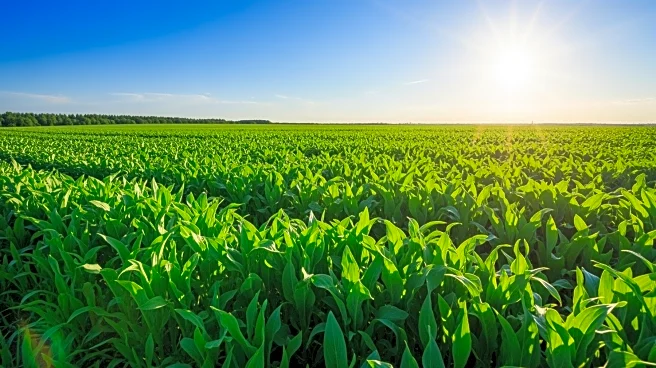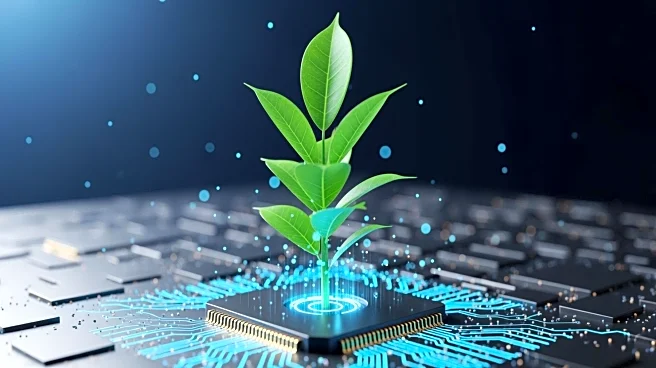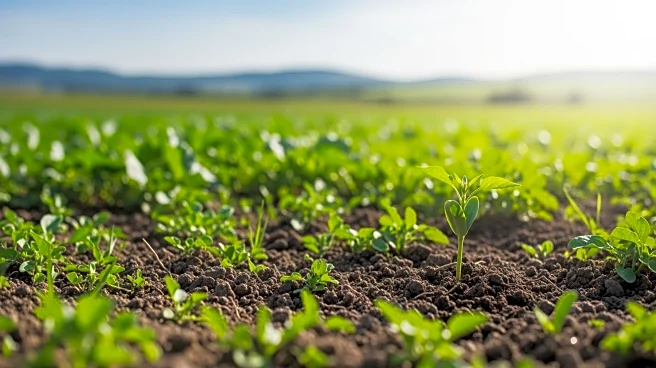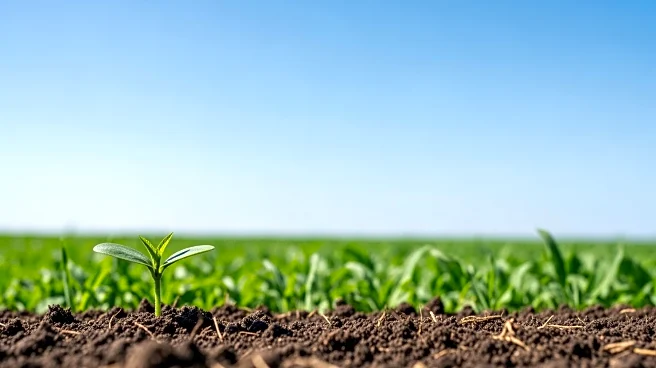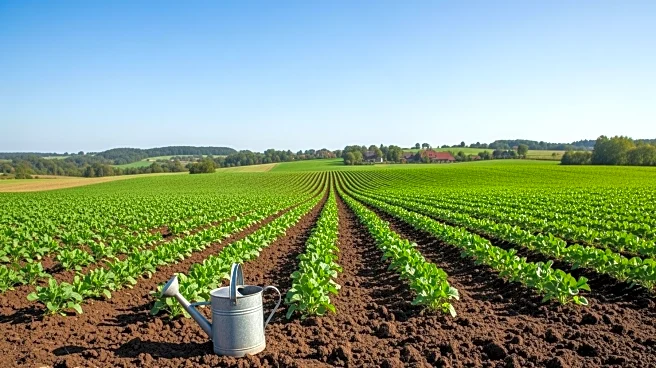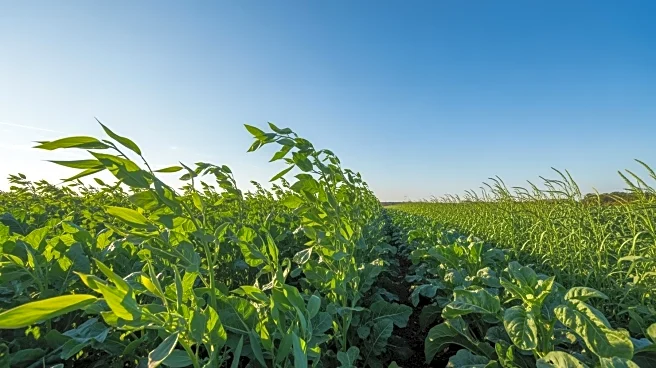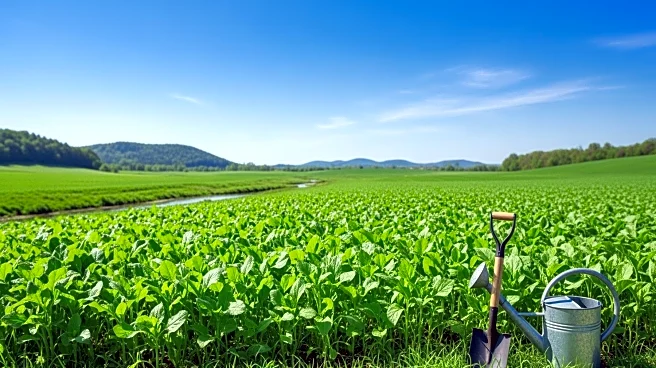What's Happening?
The regenerative agriculture market is projected to grow significantly, with a compound annual growth rate (CAGR) of 14.75% from 2025 to 2030. This growth is driven by increasing consumer demand for sustainable
food, corporate sustainability commitments, and supportive government policies. The market, valued at USD 9.2 billion in 2025, is expected to reach USD 18.3 billion by 2030. Key factors include the adoption of climate-smart practices, digital tools, and carbon marketplaces that facilitate participation for smallholders. Major corporations are embedding regenerative criteria into supply contracts, which is accelerating the global adoption of these practices.
Why It's Important?
The expansion of the regenerative agriculture market is significant for several reasons. It reflects a shift towards more sustainable agricultural practices that can improve soil health and reduce environmental impact. This growth is likely to benefit farmers who adopt these practices through premium contracts and reduced investment risks. Additionally, the involvement of major food and beverage companies in promoting regenerative agriculture could lead to widespread industry changes, potentially influencing global food supply chains. The market's growth also highlights the increasing importance of sustainability in corporate strategies and consumer preferences.
What's Next?
As the market continues to grow, further integration of digital tools and carbon marketplaces is expected to enhance participation and scalability. Companies may increase their commitments to regenerative practices, potentially leading to more comprehensive sustainability strategies. Government policies supporting these practices could also evolve, providing additional incentives for adoption. The market's development may encourage more research and innovation in sustainable agriculture, potentially leading to new technologies and methods that further enhance productivity and environmental benefits.
